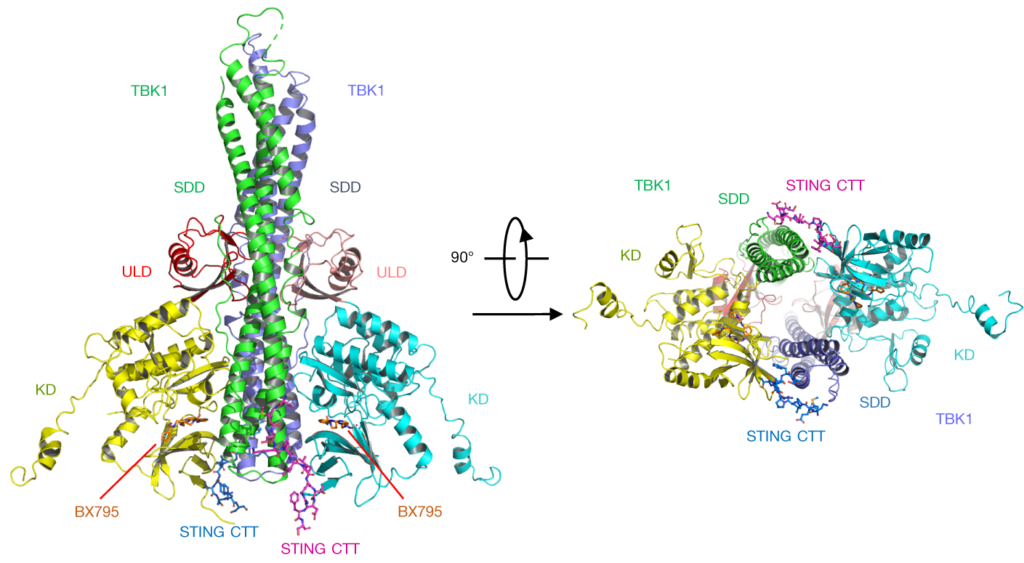

Muramidases also possess immunomodulatory functions 16 that have recently been confirmed in livestock 17, 18, 19, 20. Muramidase-based feed additives have been shown to have positive effects on pigs 9, 10, 11, rabbits 12, and chickens 13, 14, which have predominantly been attributed to a modulation of the gastrointestinal (GI) microbiota 12, 13, 14, 15. Lysozymes are also known as muramidases because they are PGN N-acetylmuramoylhydrolase 5, 6, 8. Lysozymes play a pivotal role in the innate immune response of animals: they act as broad-spectrum antimicrobial-specifically bacteriolytic-proteins by hydrolyzing the β-(1,4)-glycosidic bond between N-acetylmuramic acid (NAM) and N-acetylglucosamine (NAG) residues of peptidoglycan (PGN), the major component of bacterial cell walls. The chicken lysozyme-alias c-type or hen egg white lysozyme-was isolated for the first time by Sir Alexander Fleming and is referred to as the lysozyme per excellence 5. Nile and colleagues 7 also demonstrated that the small intestine enterocytes of chickens express lysozymes. Avian lysozymes are mainly found in the egg albumen 5, 6. In animals, they are secreted via a number of body fluids, like tears, saliva, airway fluid, and breast milk, among others 6. Lysozymes are renowned enzymes naturally produced by both prokaryotes and eukaryotes 5. Dietary enzymes have been demonstrated to boost feed digestibility by enriching the endogenous enzymatic repertoire of birds, monitor the proliferation of undesirable enteric bacteria, reduce gut mucosa irritation that would lead to inflammation, and promote the generation of a myriad of metabolites able to support gut health 1, 3, 4. In light of the gradual withdrawal of antibiotic growth promoters and increasing popularity of no-antibiotics-ever productions, the feed additive industry has been investing huge resources to provide poultry producers with effective and reliable gut-health-enhancers such as probiotics, prebiotics, organic acids, and enzymes 1, 2. This study sheds light on the mode of action of this muramidase and lays the groundwork for future investigations on its effects on the intestinal ecosystem and systemic metabolism of broiler chickens. At blood level, MUH had lower hypoxanthine-probably due to its drop at caecal level-histidine, and uracil, while greater pyruvate, 2-oxoglutarate, and glucose. MUH also exhibited a considerable decrease in Clostridiaceae and an overrepresentation of Bacteroidaceae and Lactobacillaceae. At caecal level, MUH showed the lowest alpha diversity, a significantly different beta diversity, a reduction in Firmicutes, and a rise in Bacteroidetes, especially compared with MUL. MUH significantly outperformed CON in terms of cumulative feed intake (4,798 vs 4,705 g), body weight (2,906 vs 2,775 g), and feed conversion ratio (1.686 vs 1.729), while MUL exhibited intermediate performance. A total of 2,340 day-old male broilers were assigned to 3 groups (12 replicates each) fed, from 0 to 42 d, a basal diet (control group-CON) or the basal diet supplemented with muramidase at 25,000 (low-dose group-MUL) or 45,000 LSU(F)/kg feed (high-dose group-MUH). The present multi-omics investigation sought to address this knowledge gap. However, very little is known about its mechanisms of action. A novel dietary muramidase has been shown to have positive effects on broiler chickens.


 0 kommentar(er)
0 kommentar(er)
